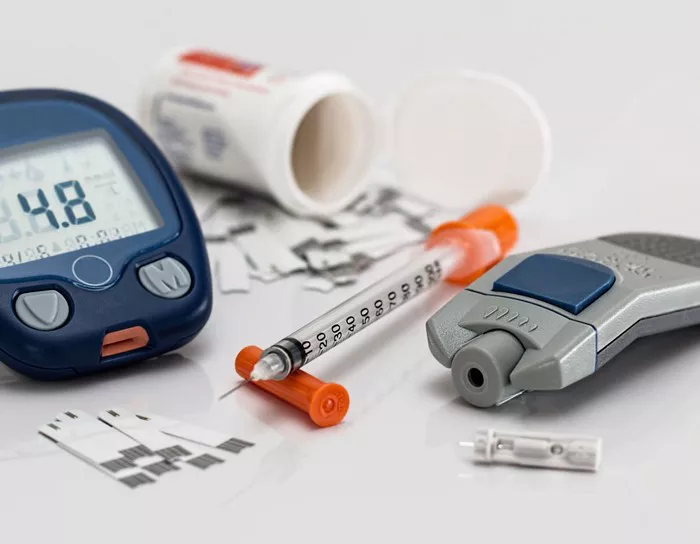Injectable insulin plays a crucial role in the management of diabetes, helping individuals regulate their blood sugar levels effectively. With several types of insulin available, each with unique characteristics and applications, it’s essential to understand the differences between them.
In this comprehensive guide, we’ll explore the various types of injectable insulin used in diabetes management, including their onset of action, duration, and recommended usage.
Injectable Insulin
Injectable insulin is a hormone replacement therapy used to mimic the action of natural insulin in the body. It’s primarily used by individuals with type 1 diabetes, who produce little to no insulin, and some individuals with type 2 diabetes who require insulin supplementation to achieve glycemic control. Injectable insulin is typically administered subcutaneously, meaning it is injected into the fatty tissue just beneath the skin.
Types of Injectable Insulin
Injectable insulin is classified based on several factors, including its onset of action, peak effect, and duration. The main types of injectable insulin include:
1. Rapid-Acting Insulin:
Rapid-acting insulin analogs, such as insulin lispro (Humalog), insulin aspart (NovoLog), and insulin glulisine (Apidra), have a rapid onset of action, typically within 15 minutes of injection. They peak within 1-2 hours and have a duration of action of about 3-4 hours. Rapid-acting insulin is often used to cover mealtime blood sugar spikes.
2. Short-Acting Insulin:
Short-acting insulin, also known as regular insulin, has a slower onset of action compared to rapid-acting insulin. It typically begins working within 30 minutes of injection, with peak effects occurring 2-3 hours later. Short-acting insulin has a duration of action of approximately 3-6 hours and is commonly used to control blood sugar levels between meals and overnight.
3. Intermediate-Acting Insulin:
Intermediate-acting insulin, such as NPH insulin (neutral protamine Hagedorn), has a delayed onset of action and a longer duration compared to rapid and short-acting insulins. It starts working within 2-4 hours after injection, peaks in 4-12 hours, and lasts for up to 18 hours. Intermediate-acting insulin provides basal insulin coverage throughout the day and night.
4. Long-Acting Insulin:
Long-acting insulin formulations, including insulin glargine (Lantus, Basaglar, Toujeo), insulin detemir (Levemir), and insulin degludec (Tresiba), provide a steady release of insulin over an extended period. They typically have a gradual onset of action, peak at a relatively low level, and last for up to 24 hours or longer. Long-acting insulin is used to provide basal insulin coverage and maintain stable blood sugar levels between meals and overnight.
5. Premixed Insulin:
Premixed insulin formulations contain a combination of rapid or short-acting insulin with intermediate-acting insulin in fixed ratios. These formulations offer both basal and prandial (mealtime) insulin coverage in a single injection and are convenient for individuals who require simplified insulin regimens.
Choosing the Right Injectable Insulin
The selection of injectable insulin depends on various factors, including:
- Individual insulin requirements and sensitivity
- Blood sugar control goals and targets
- Mealtime patterns and carbohydrate intake
- Lifestyle factors, such as physical activity and daily routines
- Patient preferences for insulin administration and monitoring methods
Healthcare providers work closely with individuals with diabetes to tailor insulin therapy to their specific needs, taking into account factors such as insulin sensitivity, lifestyle preferences, and treatment goals. By collaborating with healthcare professionals and staying informed about insulin options, individuals with diabetes can effectively manage their condition and improve their overall quality of life.
Conclusion
In conclusion, injectable insulin therapy plays a vital role in diabetes management, allowing individuals to achieve and maintain optimal blood sugar control. With a range of injectable insulin formulations available, healthcare providers can tailor treatment plans to meet the unique needs and preferences of each individual with diabetes.
By working collaboratively with healthcare providers, staying informed about insulin options, and adopting healthy lifestyle habits, individuals with diabetes can effectively manage their condition and improve their overall quality of life.


























